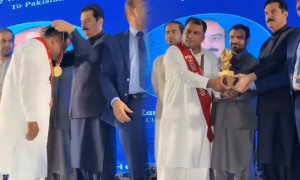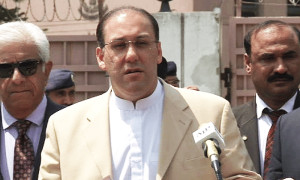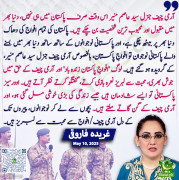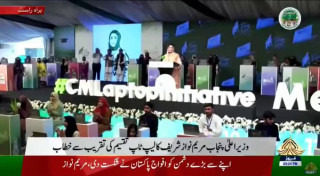Contra dear
you love to jump on any negative media coverage of muslim countries and societies, so I thought may be this one might cheer you up a bit ;-)
http://www.timesonline.co.uk/tol/news/world/middle_east/article6962844.ece
you love to jump on any negative media coverage of muslim countries and societies, so I thought may be this one might cheer you up a bit ;-)
http://www.timesonline.co.uk/tol/news/world/middle_east/article6962844.ece
AS Marie Pryor shuffles along a Mississippi roadside collecting discarded drink cans to sell for a few cents, her breath comes in short puffs caused by a congenital heart defect. The same condition caused her granddaughters death earlier this year.
The last place on earth she would look for help is Iran, a country widely regarded in America as the enemy. The US and Iran have not had diplomatic relations for 30 years and the two governments trade daily insults over Irans nuclear programme. Last week Tehran charged three American hikers with espionage after they apparently strayed across the border.
But with Congress acrimoniously debating the reform of healthcare, it is to Iran that one of Americas poorest communities is turning to try to resolve its own health crisis.
A US doctor and a development consultant visited Iran in May to study a primary healthcare system that has cut infant mortality by more than two-thirds since the Islamic revolution in 1979.
Then, in October, five top Iranian doctors, including a senior official at the health ministry in Tehran, were quietly brought to Mississippi to advise on how the system could be implemented there.
The Mississippi Delta has some of the worst health statistics in the country, including infant mortality rates for non-whites at Third World levels.
Its time to look for a new model, said Dr Aaron Shirley, one of the states leading health campaigners.
Forty years ago, when I was a resident at Jackson hospital, I was in charge of admitting sick babies and was astonished at all the children coming in from the delta with diarrhoea, meningitis, pneumonia.
After years of health research and expenditure of millions of dollars, nothing much has changed.
As the House of Representatives and Senate weigh the cost of President Barack Obamas health reforms, Shirley points out that good primary care prevents people from ending up in hospital in the first place.
Besides, nowhere is the need for reform more acute than in Mississippi. The southern state has the highest levels of child obesity, hypertension and teenage pregnancy in the US. More than 20% of its people have no health insurance.
Baptist Town, where Pryor lives, is typical. A rundown suburb of Greenwood, the collapse of the cotton industry has led to massive unemployment. The local stores are a pawn shop, Juanitas Beauty Salon and Bail Bonding, and an office offering payday and title loans.
Pryors son Kenneth and daughter-in-law Lizzie, who live with her, are both out of work and their only daughter died from her heart condition at the age of 26. With no local clinics or transport, they go to the hospitals accident and emergency department if they need a doctor.
The idea of looking for solutions in Iran emerged when James Miller, a consultant based in Mississippi, was called in to advise a rural hospital in financial difficulty. He was shocked to find that the state had the third highest medical expenditure per capita, but came last in terms of outcome.
Miller, managing director of Oxford International Development Group, remembered a conference in Europe where Iranian officials had explained how their country had revolutionised its healthcare system.
Facing shortages of money and trained doctors at the start of the Iran-Iraq war in 1980, the new government launched a system based on community health houses, each serving about 1,500 people.
Locals were trained as health workers known as behvarz, who would travel their area, dispensing advice about healthy eating, sanitation and contraception as well as monitoring blood pressure and conditions such as diabetes.
It was a stunning success, reducing child mortality rates by 69% and maternal mortality in rural areas from 300 per 100,000 births to 30. There are now 17,000 health houses in Iran, covering more than 90% of its rural population of 23m.

































